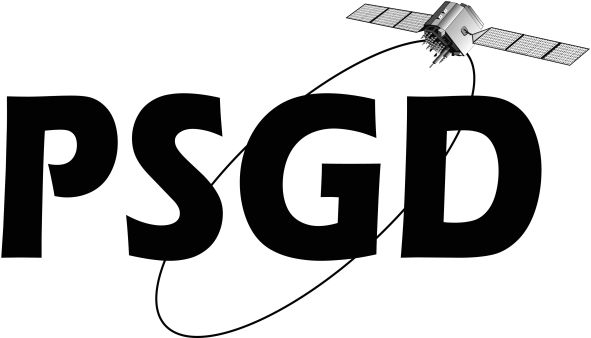AUTOtech.agil – Architektur und Technologien zur Orchestrierung automobiltechnischer Agilität
Research area: robust localization, GNSS/IMU, LIDAR, camera, sensor data fusion
AUTOtech.agil is research project funded by the German Federal Ministry of Education and Research and carried out by a consortium of institutes from nine universities, three SME, and nine companies from the automotive industry sector. The aim of AUTOtech.agil is, in close collaboration of companies and universities, to build an open architecture for the future mobility system, which can be implemented in disruptive as well as established vehicle and mobility concepts. A special focus therefore is placed on the standardization of interfaces as well as multiple usage, capability for automated updates, and enhancements of functional components with the aim of sustainability.
PSGD executes together with an SME partner and an institute from Karlsruhe Institute of Technolgy the work package on robust, and self-assessing localization with integrity for the urban environment, based on a sensor configuration consisting of IMU, GNSS, odometry, LIDAR and camera.
Funding period: 10/2022 to 09/2025
UNICARagil – Disruptive modular architecture for versatile, agile car concepts
finished
Research area: GNSS/IMU, sensor data fusion
UNICARagil is research project funded by the German Federal Ministry of Education and Research and carried out by a consortium of institutes from seven universities and of six SME. The aim of UNICARagil is the conception and design, implementation, and safeguarding of a novel disruptive modular as well as scalable autonomously driven vehicle architecture and platform. This platform shall serve as jumping-off point for the later efficient and user-oriented demonstration of versatile automated car concepts.
PSGD executes together with the chair of automotive engineering of TU Darmstadt the work package on motion control and safe halt and is (together with a SME) responsible für the motion dynamics estimation based on the fusion of data from GNSS, inertial measurement units, and odometry sensors.
Funding period: 02/2018 to 05/2023.
Project finished in May 2023 with the final event, where the newly developed car concepts were successfully demonstrated. For further information see UNICARagil project webseite.
Innovations in strapdown airborne and shipborne gravimetry
Interdisciplinary projects with various partners
The PSGD is cooperating with several national and international partners in many survey campaigns using the highly precise Inertial Measurement System that was developed at the institute. Using diverse vehicles and sensors, the processing methods are refined in order to determine Earth’s gravity field efficiently and precisely, especially in global areas difficult to access like the tropics, the polar regions or the open sea.
More information about airborne and shipborne gravimetry at PSGD
.
GNSS, Radar and InSAR Applications in Civil- and Environmental Engineering
Interdisciplinary collaboration within Department of Civil and Environmental Engineering.
In cooperation with institutes of Civil Engineering the application of satellite navigation (GNSS) and radar techniques for structural dynamics observation and deformation monitoring is studied. Examples are observation of oscillations of bridges or buildings by high-frequency GNSS. Space borne InSAR is used for the study of aerial surface deformation, e.g. in the Upper Rhine Graben. Ground-based radar (mircrowave interferometry) enables the monitoring of oscillations and deformations of artificial structures, like e.g. bridges under the impact of traffic.
Duration: Continuously, based on student project and thesis work.
PPP-AR Multi-Signal and Multi-GNSS
Current subject of research at PSGD is the computation of ambiguity resolution enabling satellite clocks, generated by a network of gnss-receivers and then provided to a single receiver user. The provided satellite clocks should not restrict the user to only certain signals and linear combinations, therefore satellite clocks are computed using multi-signal and multi-gnss undifferenced and uncombined observations.


